Progress Lighting Gulliver 38.5 in. 4-Light Brushed Nickel Farmhouse Linear Island Chandelier with Weathered Gray Wood Accents
Modern Farmhouse chandelier light ideal for a kitchen island. Ideal for Foyer, Dining Room, Living Room. Uses (4) 75-Watt medium base bulbs (not included).
3-circular bands wrap together to create an open design. Hand painted to emulate weathered gray driftwood, the four-light oval pendant’s Brushed Nickel frame is accented by smooth knobs and encases exposed bulbs. The wood grained texture complements rustic farmhouse home decor.
- Brushed nickel finish with weathered gray wood accents
- Gray weathered wood shade
- 38 1/2 in. L x 10 1/2 in. W x 17 in. H
- Uses (4) 75-Watt medium base bulbs (not included)
- Dry location listed
- Coordinating fixtures available
- Includes all mounting hardware for quick and easy installation
Additional information
| Chain Length (in.) | 144 |
|---|---|
| Fixture Depth (in.) | 38.5 |
| Fixture Height (in.) | 17 |
| Fixture Weight (lb.) | 24.25 |
| Fixture Width (in.) | 38.5 |
| Maximum Hanging Length (in.) | 91.5 |
| Mounting Deck Height (in.) | 0.563 |
| Mounting Deck Width (in.) | 13.275 |
| Certifications and Listings | ETL Listed |
| Manufacturer Warranty | 1-year limited warranty |

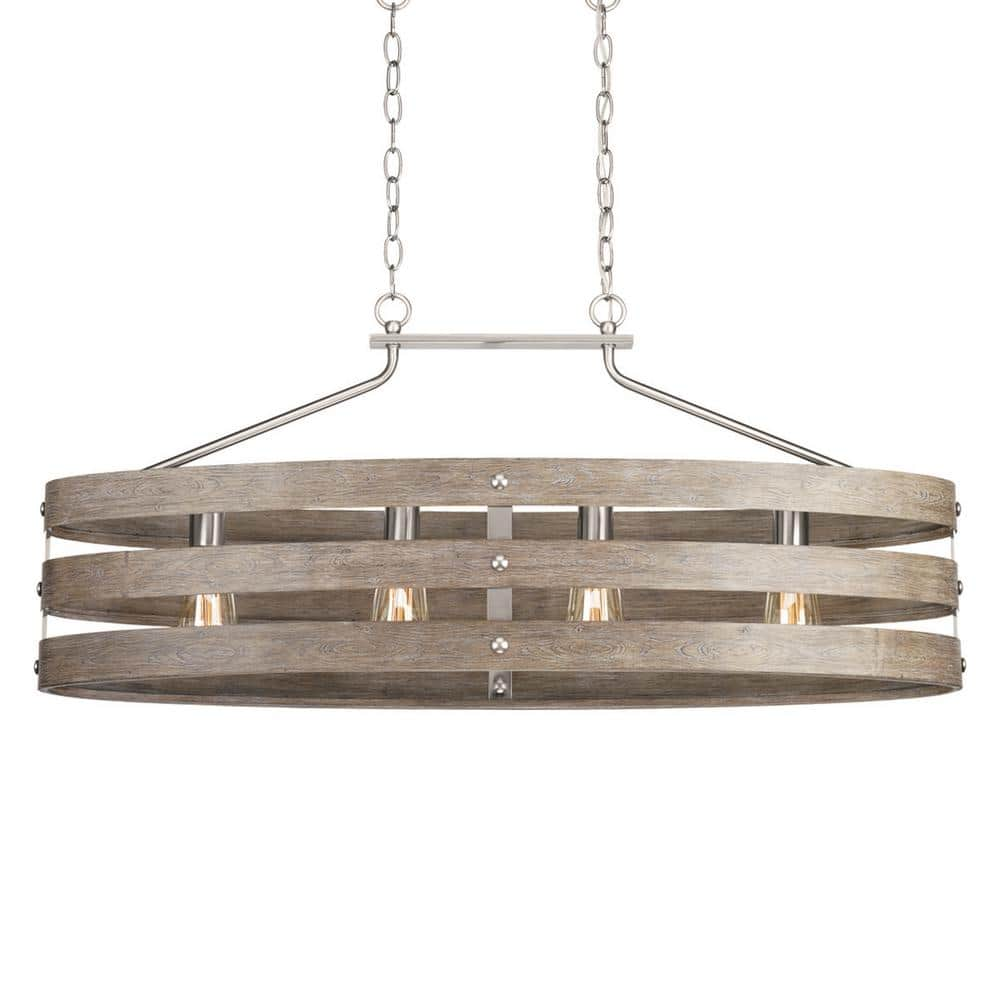
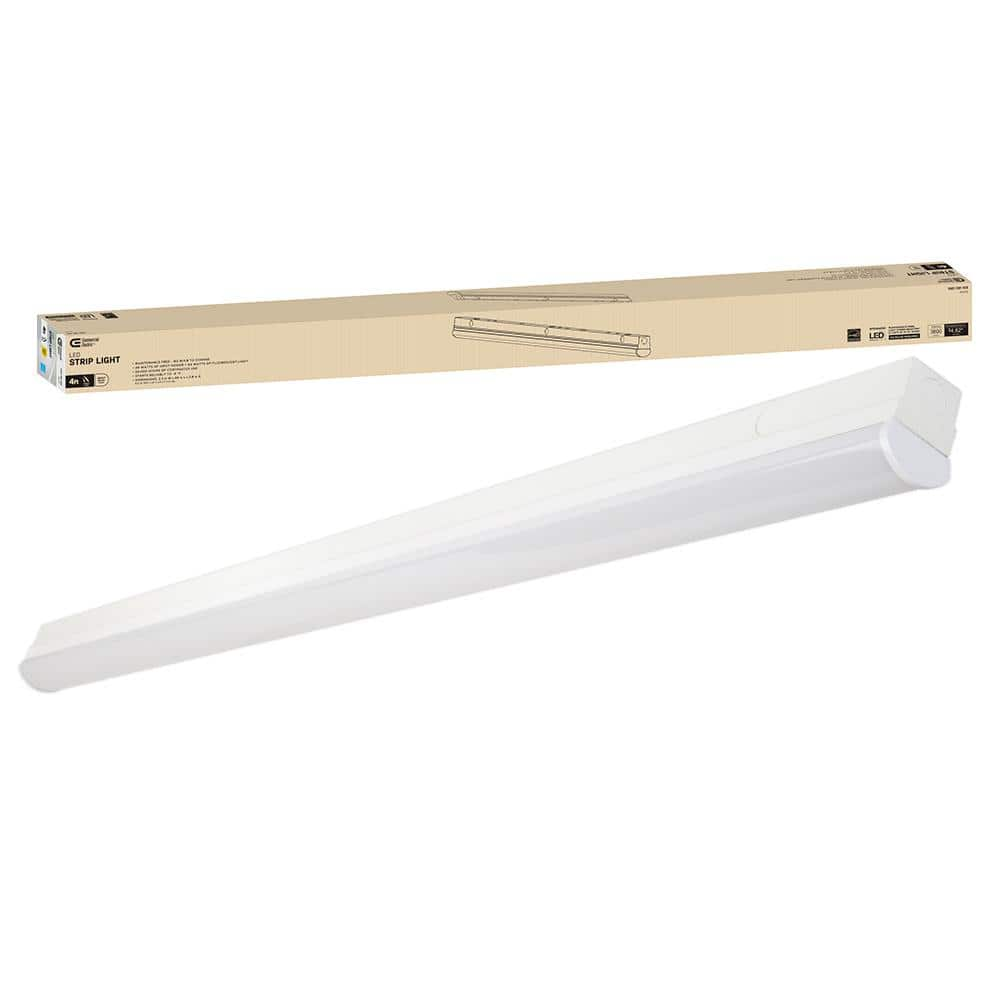
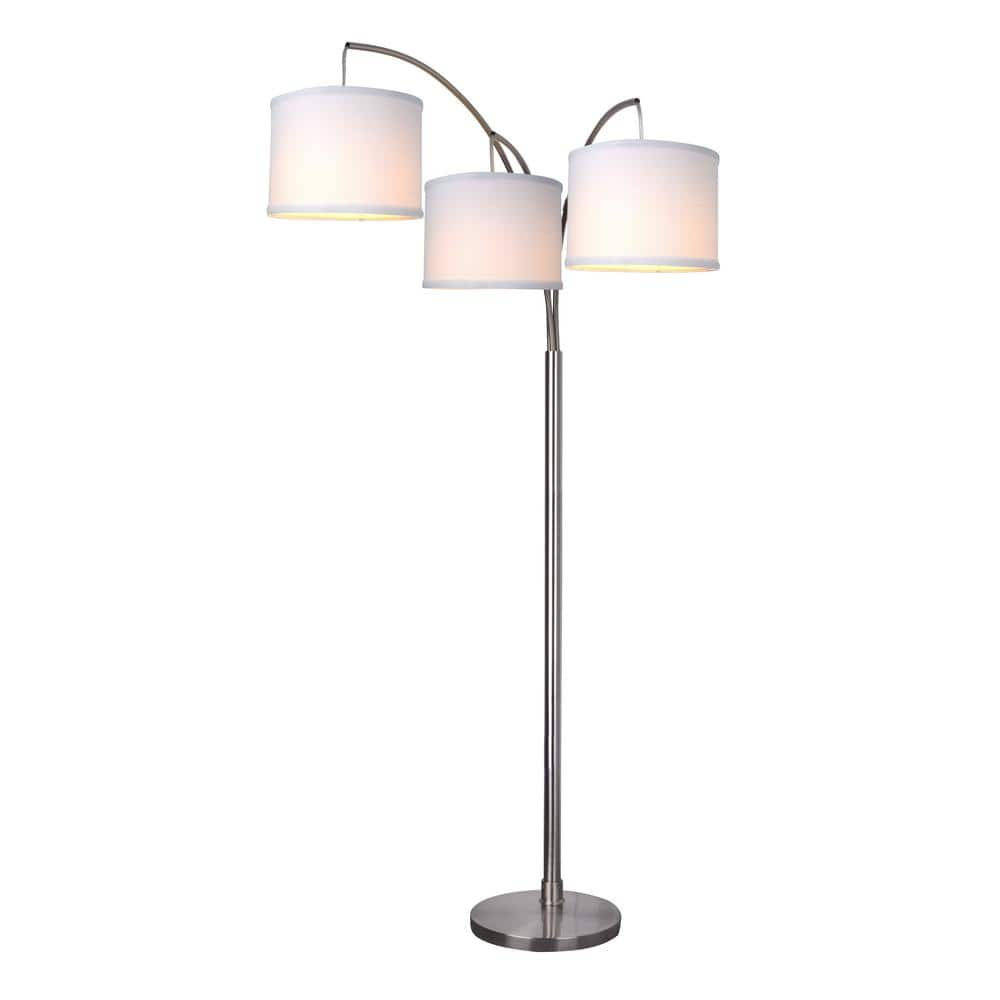
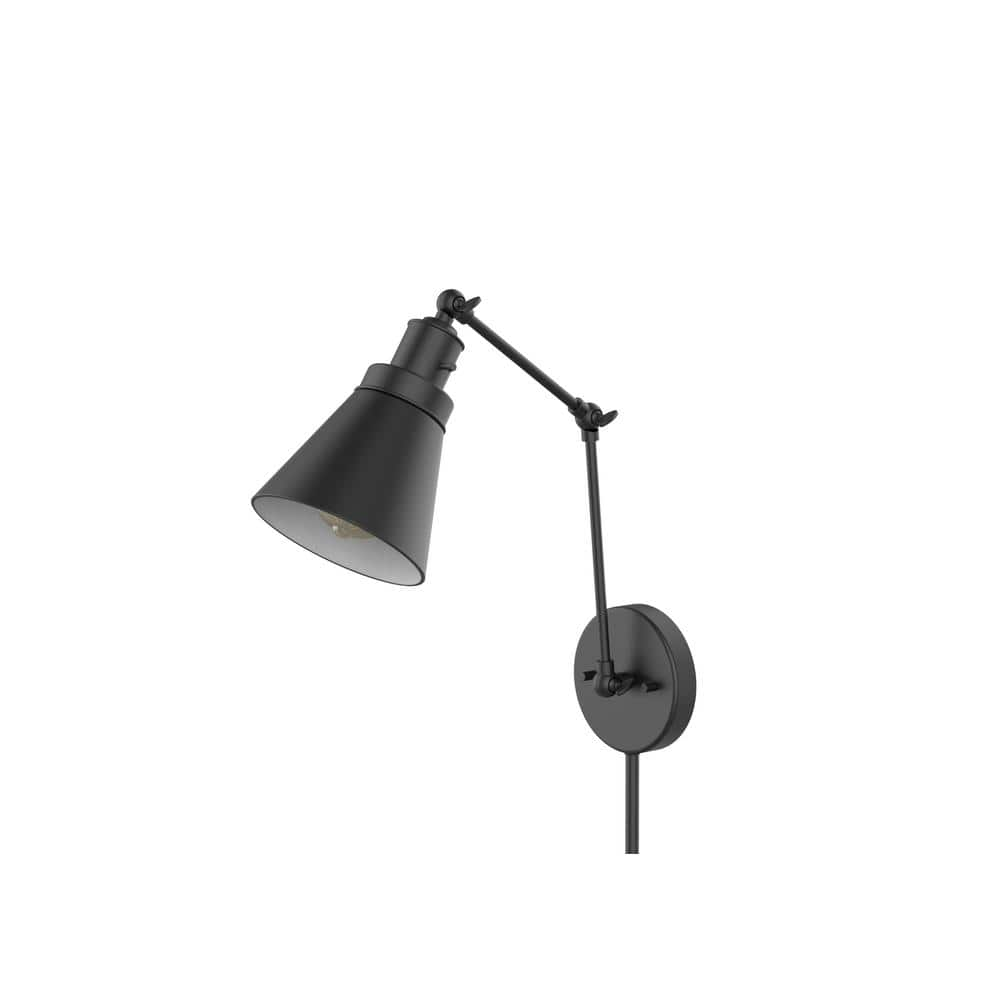
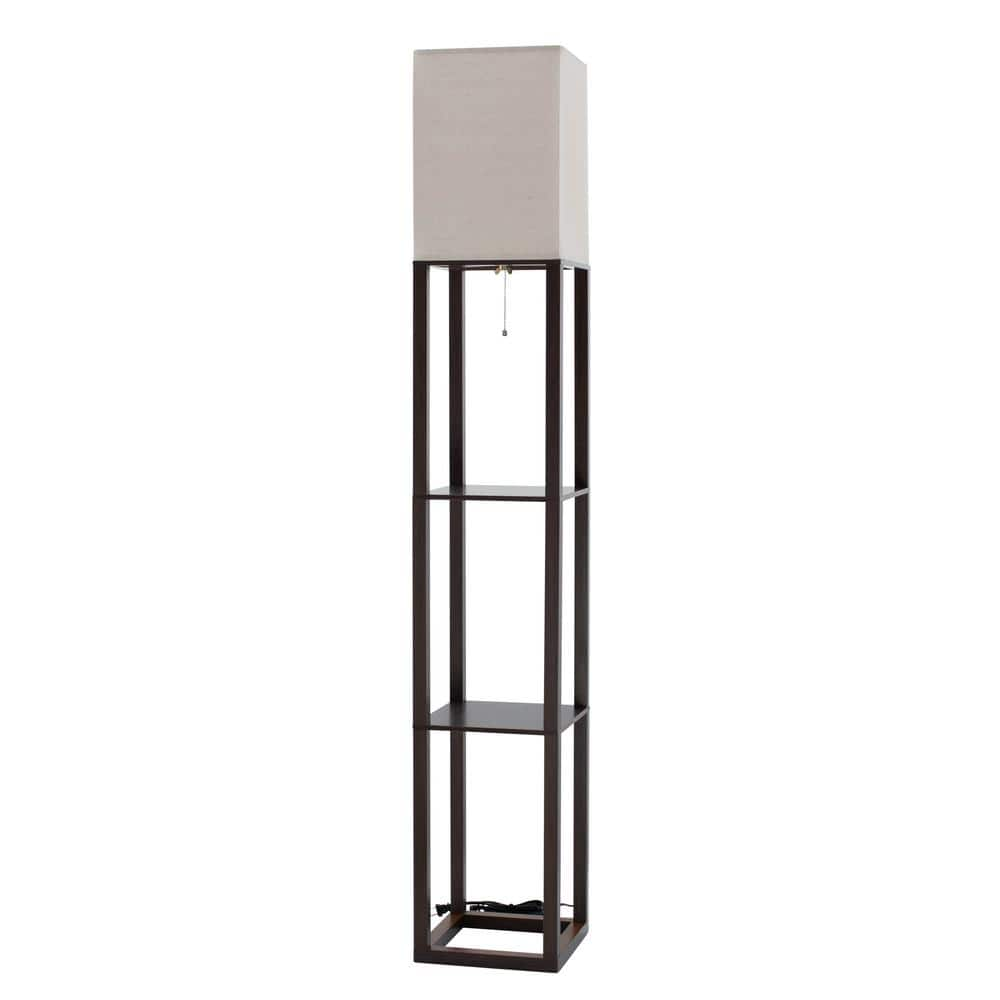
by Carol
Saw this fixture in New Jersey. Fell i love. .oved to South Carolina and attempted to find it on line. NO LUCK…Finally located a Home Depot in Savannah that had it….sooo happy we went rhe distance. Its gorgeous
by John
Easy to install and is gorgeous. Very nice quality.
by Terry
Haven’t opened it yet, but I have another one, and it’s terrific!
by Sheila
Perfect light for over our table … love it!
by Janice
Beautiful color light and the shape looks great. Exactly what we were looking for!
by Arty
Love it. Looks beautiful in my dining area.